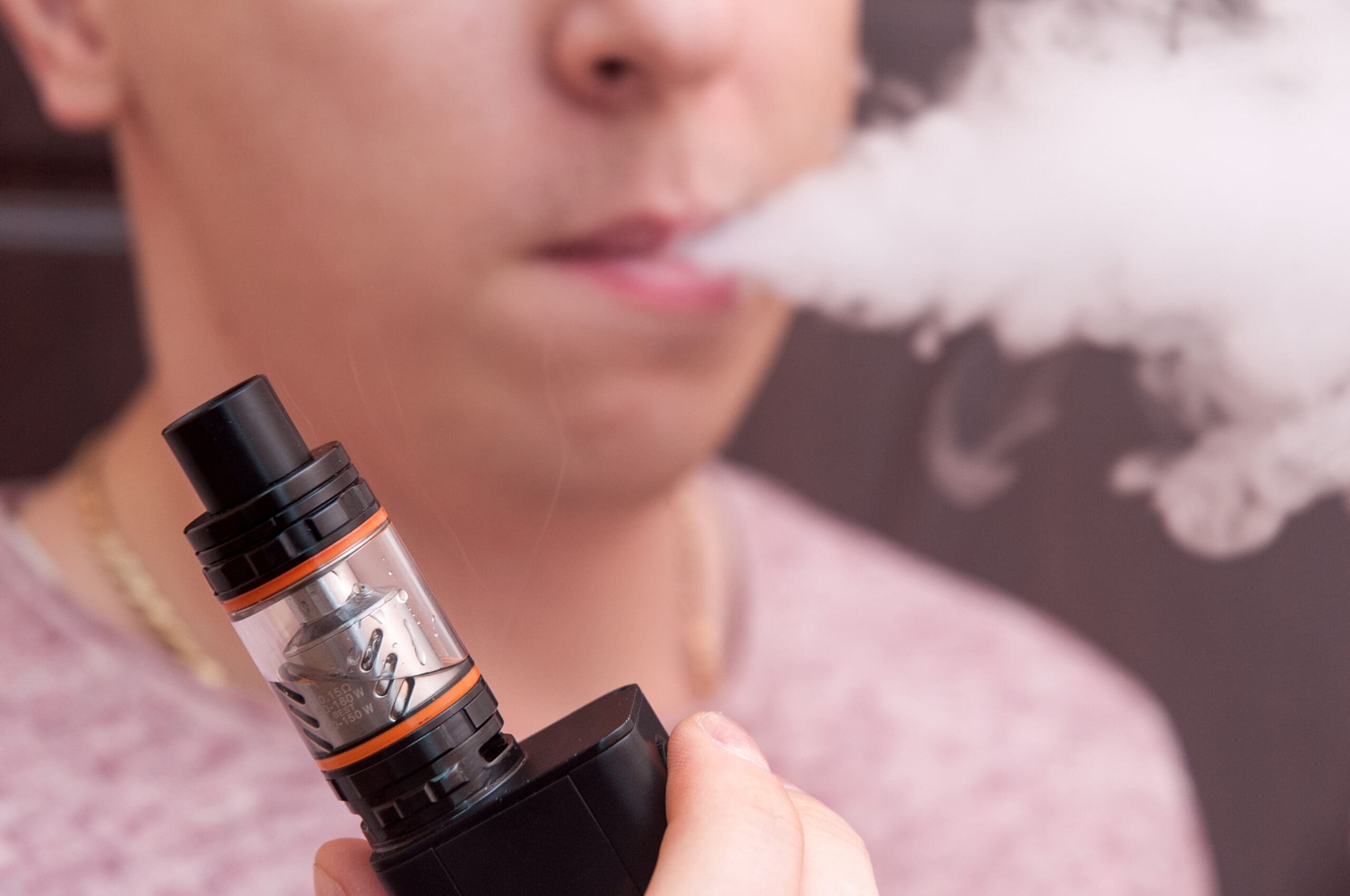Vaping has been controversial over the past decade with arguments about its potential harms or benefits. Proponents argue it’s a less harmful alternative to smoking cigarettes, while detractors warn it could act as a gateway for young people into tobacco smoking.
Now a major review of the evidence coming out of the Australian National University has found that e-cigarettes do pose significant harms, among them the risk of lung injury, burns, seizures and the increased probability of taking up cigarette smoking.
The review also found that changes in the technology used by e-cigarettes or ‘vapes’ mean that users may be growing more dependent over time. Users of ‘fourth generation’ cartridge and pod style vapes (often single-use and disposable) typically had a higher dependence score than earlier forms of vaping technology (such as the first generation ‘cigalike’ devices).
- National and state data from patient reports and product sample testing show tetrahydrocannabinol (THC)-containing e-cigarette, or vaping, products, particularly from informal sources like friends, family, or in-person or online dealers, are linked to most EVALI cases and play a major role in the outbreak.
- Vitamin E acetate is strongly linked to the EVALI outbreak. Vitamin E acetate has been found in product samples tested by FDA and state laboratories and in patient lung fluid samples tested by CDC from geographically diverse states. Vitamin E acetate has not been found in the lung fluid of people that do not have EVALI.
- Evidence is not sufficient to rule out the contribution of other chemicals of concern, including chemicals in either THC or non-THC products, in some of the reported EVALI cases.





